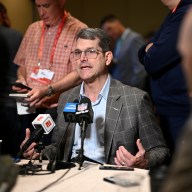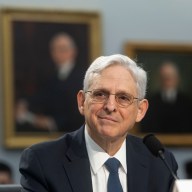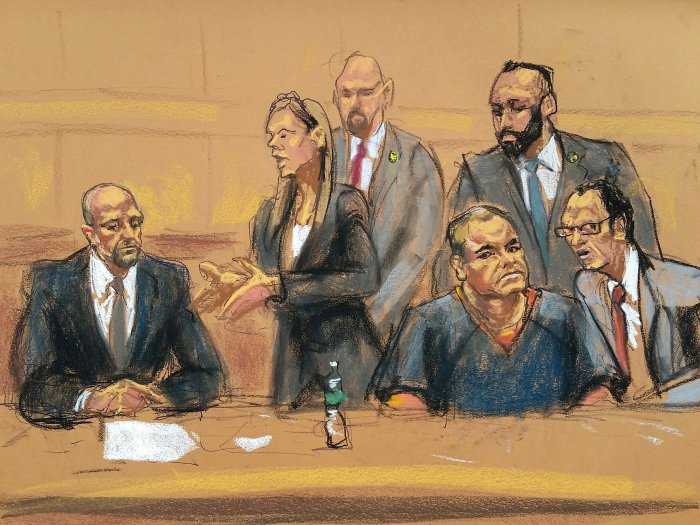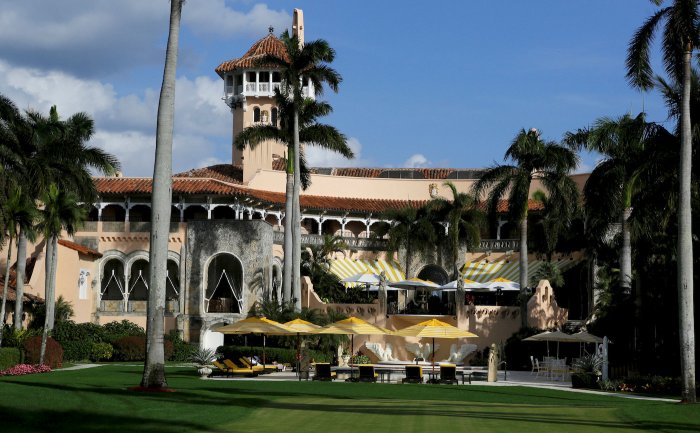By Edward Krudy
NEW YORK(Reuters) – When New York and California became the first states to lift the minimum hourly wage towards $15 earlier this year, New York state adopted a two-speed system that makes it a perfect testing ground for both advocates and opponents of government mandated pay hikes. While California set a state-wide schedule of reaching the $15 level by 2022, New York lawmakers struck an 11th hour compromise that created different timetables for New York City and neighboring counties and the “upstate” regions where incomes are lower and labor markets less robust. Under the plan minimum wages in the northern and eastern parts of the state would be initially lifted from present $9 to $12.50 by 2021 rather than $15 as in New York City and adjacent areas and only later upstate might gradually catch up, although there is no fixed timetable. It will be almost six years before $15 and $12.50 minimum wage levels will be reached throughout the state, but other states and advocates of a higher national minimum wage standard will be closely watching how New York state’s regions will respond to its two-speed system. To be sure, some big cities have adopted their own targets – notably San Francisco, Los Angeles and Seattle – but New York is the first big state to experiment with a state-wide two-tier setup. Governor Andrew Cuomo’s administration has estimated that a $15 minimum wage across the state would bring its economy $15.7 billion per year in additional spending by minimum wage earners.
Based on such calculations, a $12.5 minimum wage in upstate New York would bring about $2.6 billion rather than $6 billion to the region, according to Reuters estimates, confirmed by an analysis by economists from the Fiscal Policy Institute and the Rockefeller Institute. (Graphic: http://tmsnrt.rs/1WGO59y) The governor’s office did not respond to a request for comment for this article. When the deal was announced in early April Cuomo said a “calibrated” minimum wage path that was “responsible and a positive for the overall economy” could be an example for the rest of the country. The FPI’s James Parrott, who together with Donald Boyd, director of fiscal studies at the Rockefeller Institute, prepared the analysis for Reuters, said two-speed minimum wage hikes could mean less growth for the upstate economy. “I’m not sure the proponents of a slower phase in upstate realize the magnitude of the impact,” said James Parrott, FPI economist who helped with the analysis.
Republican lawmakers and business lobbies have questioned the Democratic administration’s calculations, which did not account for any possible impact on jobs, business investment or public sector budgets. Groups that lobbied against a state-wide $15 minimum wage have argued that economic growth and demand in the northern parts of the state were not strong enough to cope with higher labor costs and moving at the same pace as New York city could lead to losses of hundreds of thousands of jobs. “The upstate economy is very, very different from the down-state economy,” said Greg Biryla, Executive Director of Unshackle Upstate, a lobby group for upstate businesses.
Not surprisingly, some upstate workers feel short-changed by the compromise struck in the state capital.
Lorie Compton, 43, who works as a care worker in a nursing home for a non-profit in Ithaca, New York, and raises two teenage daughters, says on $11.40 an hour she cannot afford her employer’s health insurance program or even a visit to the movies. “I’m poverty level, let me put it that way,” she said. “It should be $12.50 now and then they can bump it up.”
But some economists say for big states with substantial regional disparities, a two-tier system may have its merits.
“It is smart to adjust minimum wage levels with some sensitivity to local prices,” said Jared Bernstein, an economist at the Center on Budget and Policy Priorities and former director of the President Obama’s Task Force on the Middle Class. “There is a reason why $15 makes more sense in San Francisco than in Mississippi.” (Reporting by Edward Krudy; Additional reporting by James Odato in Albany; Editing by Daniel Bases and Tomasz Janowski)

















